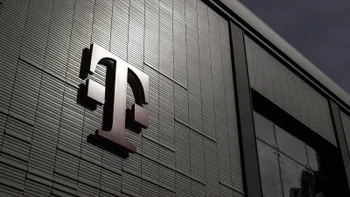Starlink may send emergency alerts to users that aren't with T-Mobile

When Elon Musk's SpaceX announced a tie-in with T-Mobile over dead cell signal spot coverage via its Starlink satellites, the goals were rather humble.
Aptly named Coverage Above and Beyond, T-Mobile's partnership with SpaceX is meant to give T-Mobile subscribers text and messaging service coverage everywhere in the continental US, Hawaii, parts of Alaska, Puerto Rico and territorial waters, even if they were outside the Un-carrier's (or any carrier, for that matter) network realm.
As typically happens with Elon Musk, there has been a mission creep since then. SpaceX launched a number of direct-to-cell satellites to provide the Coverage Above and Beyond service, and Starlink already delivered the first tweet sent from space to a regular Galaxy S23 carrier phone.
Not only that, but the satellite Internet service managed to send streaming video to a regular phone on the ground as well, and the joint venture promises mobile data service for T-Mobile customers next year as well.
You won't have to be a T-Mobile customer to receive emergency alerts on your phone, though, no matter where you are in the world, promises Elon Musk:
After thinking it through, SpaceX Starlink will provide emergency services access for mobile phones for people in distress for free. This applies worldwide, subject to approval by country governments.
Elon Musk (X), August '24
This surprising development comes as SpaceX is trying to placate the FCC to approve Starlink's direct-to-cell satellite service, furnishing arguments like "the technology will be able to send emergency alerts to all wireless users in cellular dead zones, even if they haven’t signed up for the satellite-based service, including non-T-Mobile customers."
SpaceX is up against strong opposition from other carriers like AT&T, which in their turn argue that SpaceX’s proposal would reduce their average network download speed by 18% in the respective C-bands of service.
Follow us on Google News










![A new Android bug is making it impossible to install new apps. Are you affected? [UPDATE]](https://m-cdn.phonearena.com/images/article/176703-wide-two_350/A-new-Android-bug-is-making-it-impossible-to-install-new-apps.-Are-you-affected-UPDATE.webp)

Things that are NOT allowed:
To help keep our community safe and free from spam, we apply temporary limits to newly created accounts: